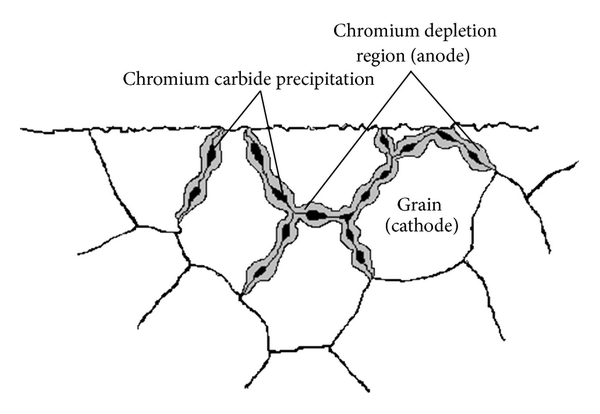There will always be "non-standard" terms in wide spread usage. This is because welding is more than simply a trade. It is a culture. And the people immersed in this culture will develop their own ways of communication. The vernacular. Or, the best term for it, that I discovered recently, is 'exosemantic'. It is a group identification. In other words, its use is as much driven BY THE VERY FACT that it is "non-standard".
And as technologies change so the culturally driven "non-standard" exosemantic terms will change to accommodate them.
Rules people, the paper people, people not immersed in the culture, will come along and try and 'clean up' all this supposed non-communicative cultural messiness. This is fine. It gives them something to do.







